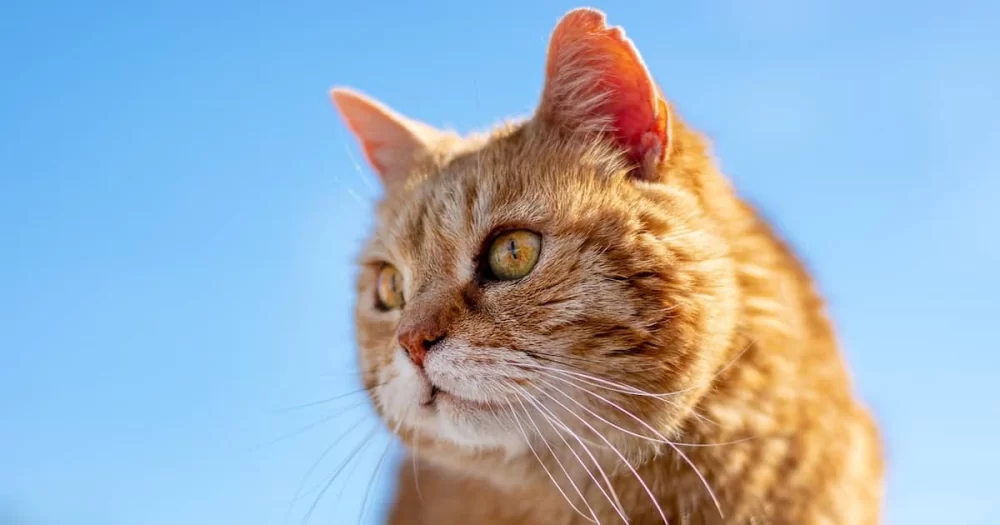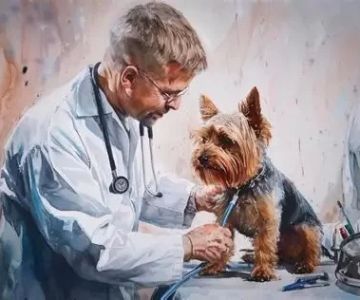- Early-Signs-of-Arthritis-in-Cats
- Behavioral-Changes-Indicating-Joint-Pain-in-Cats
- Physical-Indicators-and-Mobility-Issues
- Real-Life-Case-of-Arthritis-in-a-Senior-Cat
- Managing-Arthritis-in-Cats-When-to-See-a-Vet
1. Early Signs of Arthritis in Cats
Arthritis is a common but often overlooked condition in aging cats. Recognizing the signs of arthritis in cats early can make a significant difference in managing their pain and preserving mobility. Unlike dogs, cats tend to hide discomfort, which makes identifying arthritis challenging.
Common early signs include decreased activity, reluctance to jump or climb, and subtle changes in posture. Cats may begin to avoid their favorite high places or become less playful. Understanding these initial symptoms is essential for timely intervention.
1.1 Why Cats Hide Their Pain
Cats are instinctively cautious animals that mask pain to avoid appearing vulnerable. This behavior means many owners only notice arthritis when the condition has progressed. Paying close attention to slight changes in routine or behavior can reveal early indicators before the joint damage worsens.
2. Behavioral Changes Indicating Joint Pain in Cats
Arthritis affects more than just physical movement; it influences a cat’s overall behavior. Watch for the following behavioral shifts that often accompany joint pain:
2.1 Reduced Grooming
Arthritic cats may find grooming difficult, especially in hard-to-reach areas like the lower back or hind legs. This can lead to a scruffy or greasy coat, which is often a first visible sign of discomfort.
2.2 Changes in Social Interaction
Some cats become withdrawn or irritable when experiencing chronic pain. They might avoid interaction with family members or other pets, signaling distress through mood changes.
2.3 Altered Sleeping Patterns
Pain often disrupts sleep. Cats suffering from arthritis may sleep more than usual or choose new, softer resting places to relieve joint stress.
3. Physical Indicators and Mobility Issues
Aside from behavioral cues, physical symptoms provide concrete evidence of arthritis:
3.1 Limping or Favoring Limbs
A cat that consistently favors one leg or limps after resting may be suffering from joint inflammation. This symptom is a clear sign to observe closely and consider veterinary evaluation.
3.2 Difficulty with Jumping and Climbing
Activities like jumping onto furniture or climbing stairs become noticeably harder for arthritic cats. Owners might see their cats hesitant or struggling to perform these once effortless movements.
3.3 Swelling or Joint Stiffness
In some cases, you may detect swelling around joints or stiffness when your cat moves, especially after sleep. These signs suggest inflammation and discomfort that need medical attention.
4. Real-Life Case of Arthritis in a Senior Cat
Consider the experience of “Milo,” a 12-year-old domestic shorthair whose owner noticed he was less active and had trouble jumping onto the couch. Milo also stopped grooming himself properly, which led to a matted coat. Upon visiting Hidden Brook Veterinary, Milo was diagnosed with arthritis in his hips and knees. The veterinary team recommended a combination of pain management medication, weight control, and joint supplements.
Milo’s quality of life improved remarkably within weeks, highlighting the importance of early detection and comprehensive care. His owner stresses how attentive observation and prompt veterinary care can transform the experience of cats living with arthritis.
5. Managing Arthritis in Cats: When to See a Vet
Effective management of arthritis in cats involves a multi-faceted approach. Aside from medications prescribed by your veterinarian, environmental adjustments such as adding ramps or soft bedding can greatly ease your cat’s discomfort.
Regular veterinary visits to monitor joint health are essential, especially for senior cats. If you notice any signs of arthritis in cats, such as reduced activity, limping, or changes in behavior, contact your veterinarian promptly.
Hidden Brook Veterinary offers specialized services tailored for feline arthritis, including diagnostic imaging, pain management plans, and advice on nutrition and lifestyle adjustments. Their expert care can help your cat maintain comfort and mobility well into their senior years.












